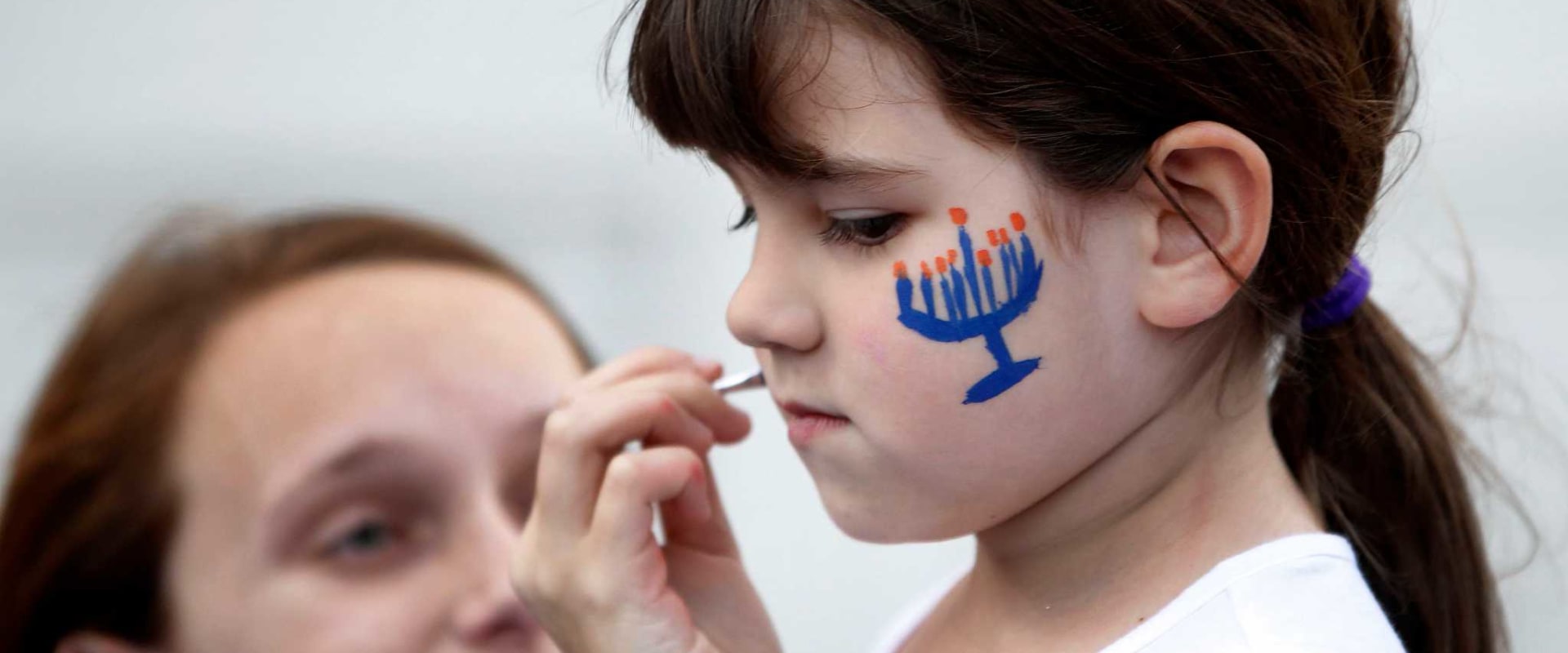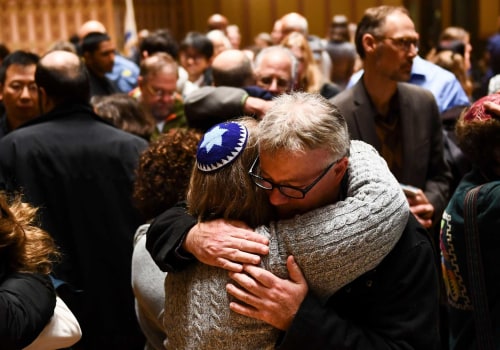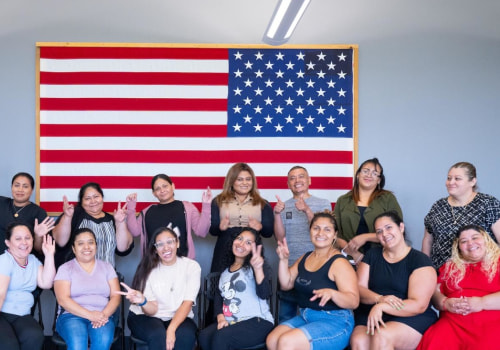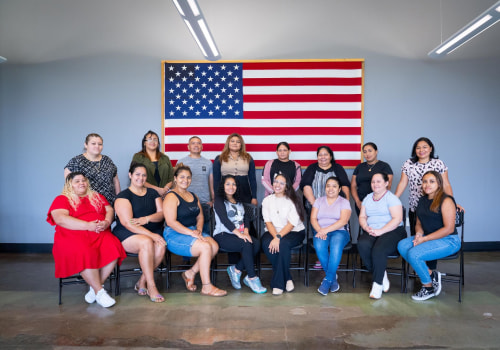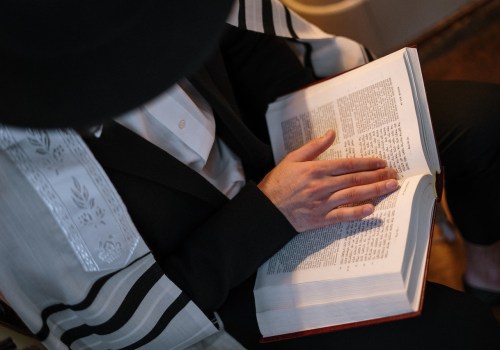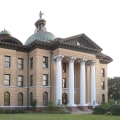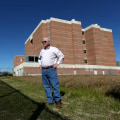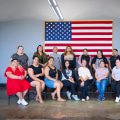The Jewish community in Fort Bend, TX has gone through many changes over time. From its early days when only a few people practiced their faith openly or consistently, to its current state with a growing population clustered around metropolitan areas and high-tech centers like Austin, the Jewish community in Fort Bend has seen a lot of growth. This growth has been sustained by an influx of immigrants from Eastern Europe, who have provided rabbis educated in Europe to lead Zionist organizations throughout Texas. When Mexico, which then included Texas, became independent from Spain in 1821, a small number of people (perhaps no more than 10 or 20) of Jewish origin appeared in the region, although none of them practiced their faith openly or consistently. Following national trends, Jewish communities in small Texas towns are disappearing as the population is clustered in metropolitan areas and their suburban and exurban extensions, although congregations remain active in smaller cities such as Abilene, Amarillo, Brownsville, Corpus Christi, El Paso, Longview, Lubbock, Odesa and Tyler. Congregation Beth Israel in Houston was established according to the Orthodox ritual, although it was later renamed Reformist.
The largest communities in the state also supported the Talmud Torah, the Shohatim, and the traditional services of the Minyans. This predominance of classical reform partly explains the anti-Zionist sentiment that prevailed in Texas until World War II. However, Zionist organizations were still strong in many Texas communities. In 1905, the Texas Zionist Association was created to coordinate Zionist efforts throughout the state. In 1914, the state's first Hadassah section was founded in Wharton.
A handful of Jews from the United States fought in the Texas War for independence from Mexico and then stayed in the new republic. With religious freedom constitutionally guaranteed, this began to attract more Jewish settlers, mostly Central European immigrants who had lived for a time in the United States. B'nai Israel in Galveston was founded in 1868, followed by other Jewish congregations in Victoria (187), Jefferson (187), San Antonio (187), Dallas (187), Austin (187), Waco (187), Waco (187), Brenham (188), Tyler (188), Marshall (188), Fort Worth (189) and El Paso (1900). Sterne formally converted to Catholicism as required by Mexican law but was raised in a Jewish home in Germany before immigrating to the United States. However, as the contemporary Texas economy strengthens in fields such as electronics, computer science and aerospace industry, the Jewish population is growing rapidly - especially in high-tech centers such as Austin. In Galveston, the Dyers and Ostermans formed the core of a growing class of Jewish merchants that also included Michael Seeligson who was elected mayor of Galveston in 1853. The Jewish community has gone through many changes over time.
From its humble beginnings with only a few people practicing their faith openly or consistently to its current state with a growing population clustered around metropolitan areas and high-tech centers like Austin. The influx of immigrants from Eastern Europe has helped sustain this growth while also providing rabbis educated in Europe to lead Zionist organizations throughout Texas. Despite this growth however there has been a decline of Jewish communities in small towns across Texas. Nevertheless congregations remain active throughout smaller cities such as Abilene and Tyler.
